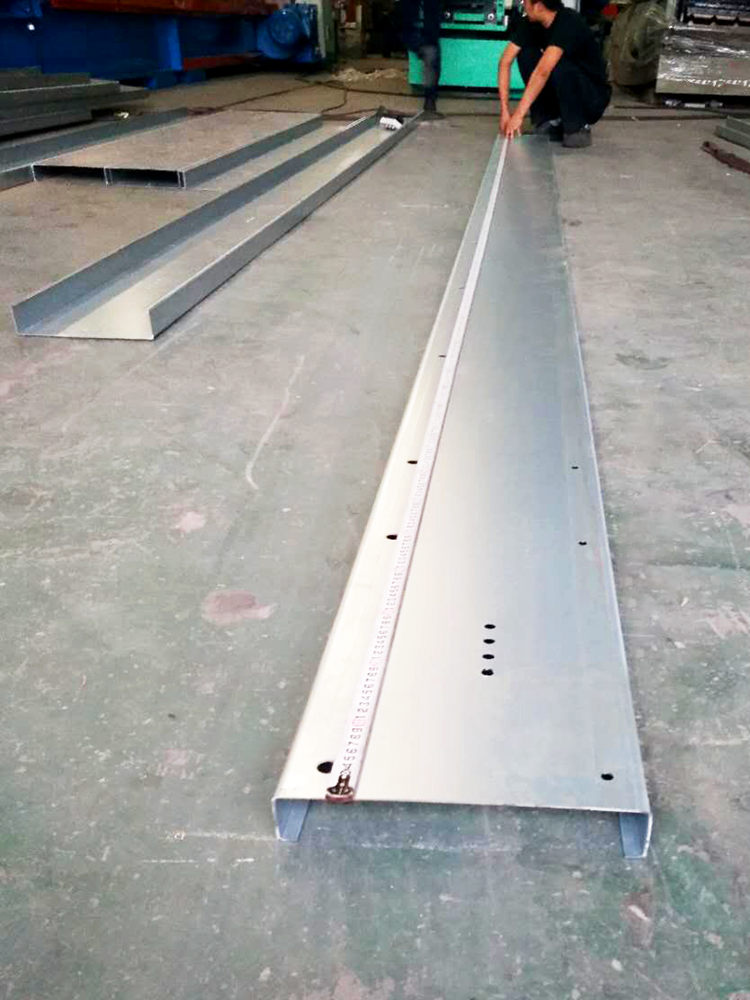
The Evolution and Impact of Drywall Machines in Construction
The construction industry has evolved significantly over the years, adopting new technologies and methods to enhance efficiency, reduce labor costs, and improve overall quality. One such innovation is the drywall machine, a vital tool that has revolutionized the way drywall is installed in both residential and commercial buildings. This article explores the history, technology, and impact of drywall machines on the construction industry.
The History of Drywall
Drywall, also known as gypsum board, plasterboard, or wallboard, was first introduced in the early 20th century as a more convenient alternative to traditional plaster walls. Its ease of installation and cost-effectiveness quickly gained popularity, leading to widespread use in building projects. However, the manual installation process often required significant labor and time, prompting the search for more efficient tools and methods.
The Advent of Drywall Machines
The development of drywall machines came as a response to the growing demand for efficiency in the construction sector. These machines automate various processes involved in drywall installation, such as cutting, lifting, and fastening panels. Early models were simple and primarily mechanical, but advancements in technology have led to the emergence of sophisticated, automated machines capable of performing a wide range of tasks.
Types of Drywall Machines
There are several types of drywall machines designed for specific functions
1. Drywall Lifts These machines are designed to elevate drywall sheets, allowing workers to install ceilings or high walls with ease. With adjustable arms and hydraulic lifts, drywall lifts reduce the physical strain on workers and decrease installation time.
2. Drywall Cutters Precision-cutting machines allow for accurate dimensions, reducing wastage and ensuring a perfect fit for every installation. These cutters range from manual tools to automated systems that can handle large panels quickly and efficiently.
3. Automatic Taping Tools These machines speed up the taping and finishing process by applying joint tape and compound seamlessly. This technology not only improves the finish quality but also saves a significant amount of time, allowing for quicker project completion.
4. Screw Guns and Fastening Tools Automated screw guns can quickly and consistently drive screws into drywall, ensuring uniformity and durability. These tools help reduce labor costs and errors during installation.

Benefits of Using Drywall Machines
The incorporation of drywall machines in the construction process provides numerous benefits
- Increased Efficiency With machines doing the heavy lifting and repetitive tasks, contractors can complete projects more quickly. Time saved translates to cost savings for both contractors and clients.
- Improved Safety Automating manual tasks reduces the physical burden on workers, minimizing the risk of injuries commonly associated with heavy lifting and awkward positions.
- Enhanced Quality Machines often provide greater precision than manual work, resulting in smoother finishes and fewer defects. This improved quality can lead to higher customer satisfaction and fewer post-installation repairs.
- Labor Cost Reduction With machines streamlining the installation process, fewer workers are needed on-site, leading to lower overall labor costs.
Challenges and Considerations
Despite the many advantages, there are challenges associated with the use of drywall machines. Initial investment costs can be high, making it difficult for small contractors to adopt this technology. Additionally, the maintenance and repair of these machines require skilled technicians and can be a significant expense.
Moreover, as reliance on automated equipment grows, there is a concern about the potential loss of traditional skills among workers. Therefore, it is essential for the industry to strike a balance, ensuring that workers are trained in both traditional methods and machine operation.
Conclusion
In conclusion, drywall machines represent a significant advancement in the construction industry, transforming the way drywall is installed and offering numerous benefits in terms of efficiency, safety, and quality. As technology continues to evolve, we can expect to see even more innovations that will further enhance the capabilities of drywall machines. For contractors looking to stay competitive, investing in these tools is not just a choice; it is becoming a necessity in a rapidly evolving market. The future of drywall installation looks promising, with automation playing a pivotal role in shaping a more efficient and effective construction industry.